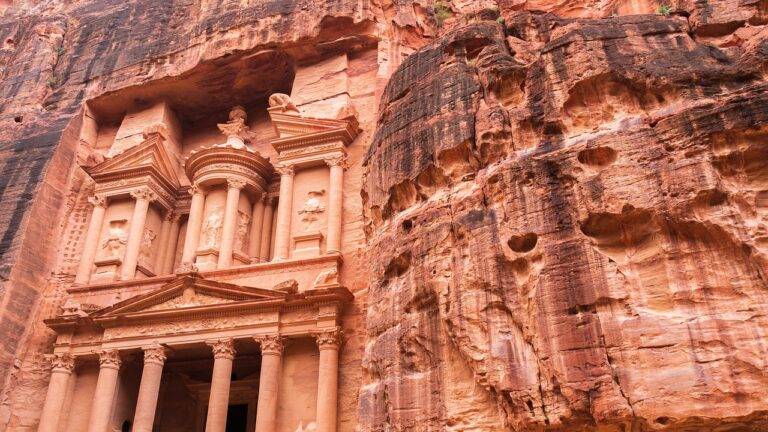Exploring the World’s Deserts: Unique Landscapes and Nomadic Cultures
Desert ecosystems are a unique and diverse environment that cover a significant portion of the Earth’s surface. Despite the harsh conditions that deserts are known for, they support a variety of plants and animals that have adapted to survive in these arid landscapes. From cacti and succulents with specialized water storage adaptations to small reptiles and insects that are active during the cooler nights, deserts are teeming with life.
The limited availability of water is one of the defining characteristics of desert ecosystems, leading to the development of specialized mechanisms for water conservation. Plants in deserts often have deep root systems to access underground water sources, while animals have evolved ways to minimize water loss through efficient cooling mechanisms. This scarcity of water also influences the behavior and life cycles of desert-dwelling species, shaping the intricate web of interactions that make up these ecosystems.
The Formation of Deserts
Deserts are often thought of as barren, dry landscapes devoid of life, but their formation is a complex process that can be influenced by various factors. One key element in the formation of deserts is the lack of precipitation. With limited rainfall, vegetation struggles to grow, leading to sparse plant life and exposing the ground to erosion from wind and water.
Another important factor in the formation of deserts is the presence of mountain ranges. When moist air masses are forced to rise over mountains, they cool and condense, releasing their moisture as rain or snow on the windward side. This process, known as orographic lifting, results in a rain shadow effect on the leeward side of the mountains, where dry air descends, creating arid conditions conducive to desert formation.
What is a desert ecosystem?
A desert ecosystem refers to the unique combination of plants, animals, and environmental conditions found in a desert region.
How are deserts formed?
Deserts are formed through a combination of factors such as low precipitation levels, high evaporation rates, and geographical features like mountain ranges that block moisture.
Can deserts be found in different parts of the world?
Yes, deserts can be found on every continent and vary in size and characteristics depending on their location.
What are some common adaptations of plants and animals in desert ecosystems?
Plants and animals in desert ecosystems have evolved various adaptations such as storing water, having thick waxy coatings, and being active during cooler parts of the day or night.
How do human activities impact desert ecosystems?
Human activities like overgrazing, deforestation, and urban development can disrupt desert ecosystems and lead to desertification, which is the process of turning fertile land into a desert.





